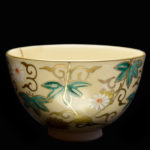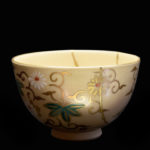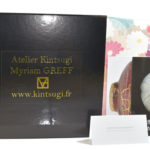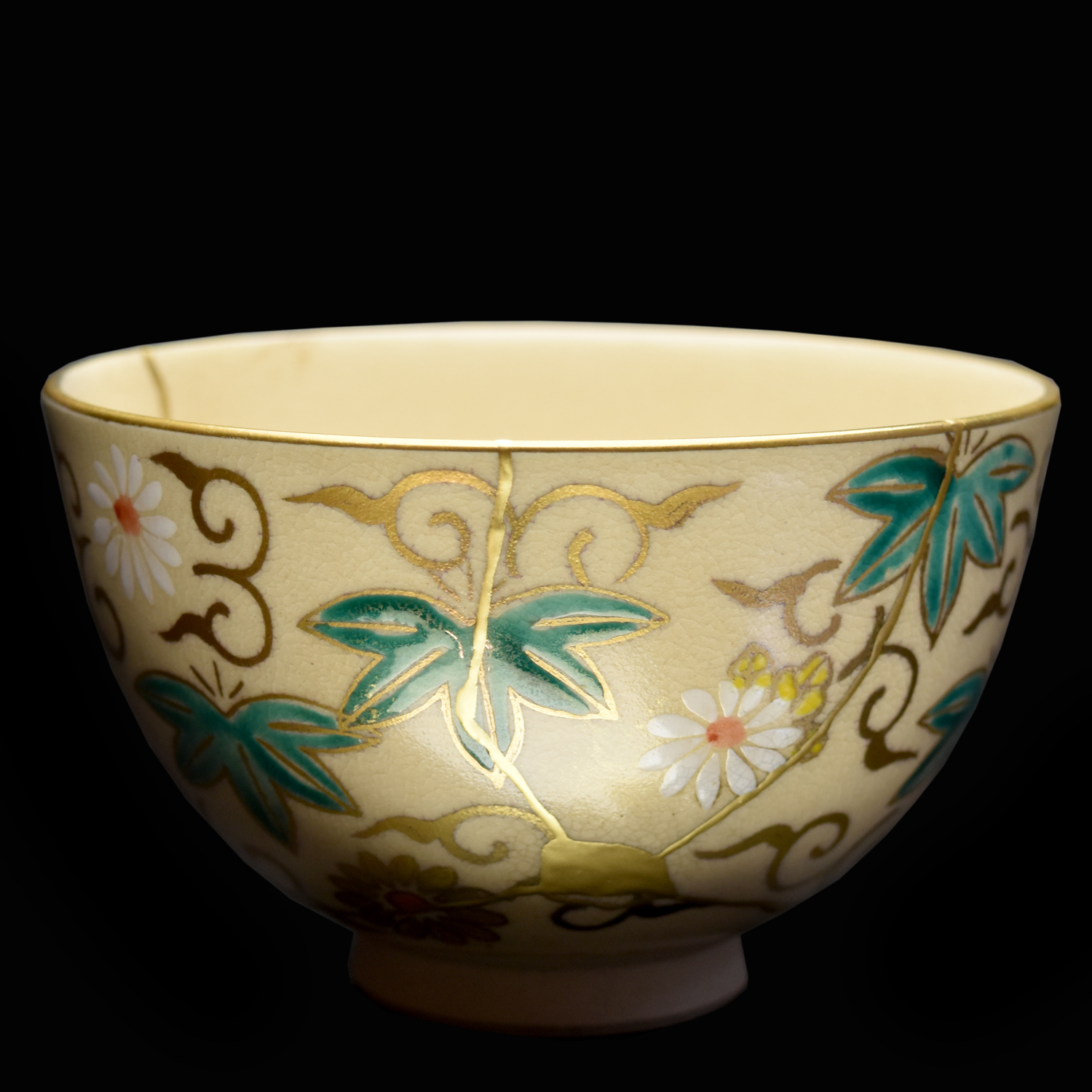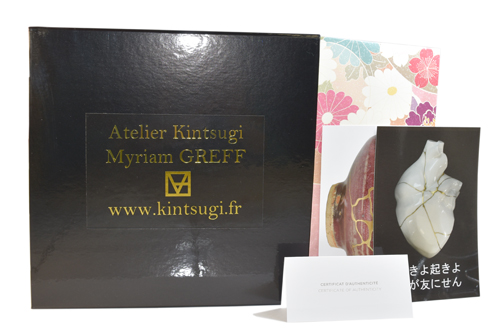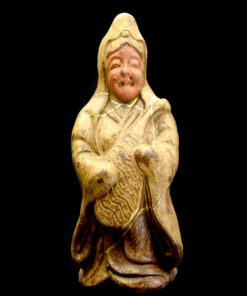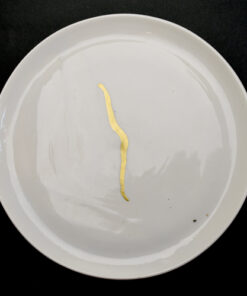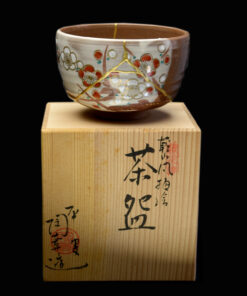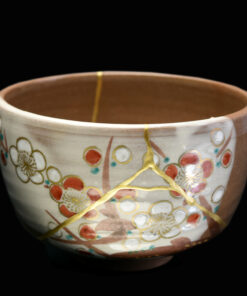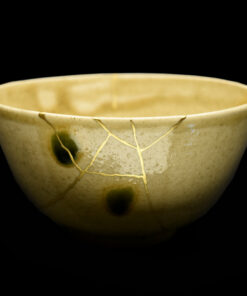Shino chawan with flowers and leaves
658 CHF VAT excl.
In stock
For express shipping please contact us before purchase as prices are difficult to calculate automatically on the website.
This superb piece is emblematic of Kyoto ceramics from the Edo period (17th to 19th century).
It is a “Kyō Yaki” bowl, a style of ceramics born in the heart of Japan’s imperial capital, where the best potters and most precious materials were to be found. That’s why the pieces created in this style are so fine, with elegant hand-painted motifs and often enhanced with pure gold details.
Kyō Yaki ceramics are inextricably linked with the rise of tea culture in Japan: artists vied with each other in creativity to decorate the bowls (chawan) then used in the tea ceremony. This refined chawan, 11,5 cm in diameter and 7 cm high, is a fine example.
Kyō Yaki chawan and their graceful motifs are particularly sought-after by enthusiasts past and present. Whether to contemplate them, use them again as part of a tea ceremony, or use them to enjoy any other type of beverage: indeed, kintsugi is the only restoration technique compatible with food use.
This unique, hand-painted piece is magnified by a 24-carat gold kintsugi restoration.
Myriam’s view:
I particularly like this elegant plant decoration with chrysanthemum flowers. While this flower has a somewhat funereal symbolism in France, this is not at all the case in Japanese culture: it’s a national symbol, associated with the imperial family. It’s the flower of happiness and light, and even has its own festival in September!
This type of plant motif is very common in the world of the Japanese tea ceremony: the objects used to make tea are often adorned with plants to evoke the current season. Such is the case with this chawan, with its chrysanthemum motif associated with autumn.
| Diameter | 11.5cm — 4 1/3 inch |
|---|---|
| Height | 7.5cm/ 3inch |
| Origin | Kyoto, Japan |
| Food Safe | Yes |
| Certificate of Authenticity | Provided |
| Color | Cream |
| Shape | Sugi-nari |
| Materials | 24 carats Gold, Japanese sandstone, Urushi (Japanese lacquer) |
Related products
Traditional Japanese Kintsugi

